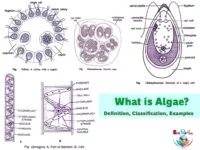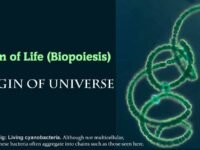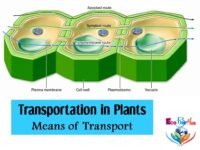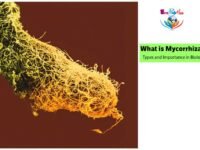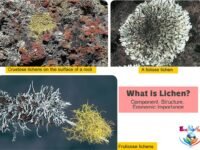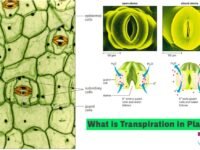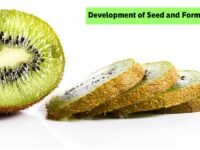TABLE OF CONTENTS
What is Polyembryony
Polyembryony is the phenomenon of the development of more than one embryo in a seed. It was discovered by Leeuwenhoek in 1729 in Orange.
The embryos resulting from the same egg ensure that both embryos are identifiable but are genetically distinct from their parents. The genetic difference between the offspring and parents but the similarity between siblings represent significant differences between polyembryonies and the process of budding and typical sexual reproduction. In humans the process is random at a low frequency, resulting in twins but at a very low frequency. The phenomenon occurs in many species of vertebrates, invertebrates, and plant species.
A special and interesting case of polyembryony is found in Allium odorum, where 5 embryos develop by different methods, e.g., 1 → zygotic, 1 → synergidal, 2 → from antipodals, and 1 → from integuments.
► Read More: What is Parthenocarpy And Parthenocarpic Fruits
► Read More: What is Apomixis and What is its Importance in Plants?
► Read More: Inflorescence Types || Racemose, Cymose, Mixed, Specialized
Types of Polyembryony
It is of two types:
01. True Polyembryony
In this case, extra embryos arise from antipodal cells or from maternal sporophytic tissue (such as nucellus or integuments) of the same embryo sac in which the zygotic embryo has developed.
2. False Polyembryony
In this case, more than one embryo develops inside the same ovule within different embryo sacs, e.g., Casurina. Polyembryony may develop in seeds by one of the following methods:
(i). Embryo from Zygote or Cleavage Polyembryony
In this case, more than one embryo is formed by the cleavage of the zygote. This is commonly found in gymnosperms. In angiosperms, this is found in Nymphea advena, Nicotiana rustica, Erythronium rustica, etc.
(ii). Embryo from Synergids
Here synergids, fertilised by the male gametes develop to form an additional embryo, e.g., Saggittaria or from haploid synergid cells.
(iii). Embryo from Antipodal Cell
Here, the extra embryo develops from the antipodal cell, e.g., Ulmus americana.
(iv). Embryo from Endosperm
In Balanophora, the embryo develops from any one cell of the endosperm.
(v). Embryo from sporophytic Tissue or Adventive Polyembryony
In this case, the embryos develop from diploid sporophytic cells of the nucellus of an ovule, other than the zygote which penetrate into the embryo sac, e.g., Eugenia and Mangifera indica.
(vi). In Citrus, extra embryos originate from other embryo sacs in the ovule or from the nucellus. Maximum number of embryos, i.e., 40 are reported inside a single seed of Citrus unshiu.
Significance of Polyembryony
Adventive polyembryony is of great significance in horticulture, plant breeding, cytology, and genetics.
1. Embryos developed from nucellar tissue are all parental types and clones.
2. Nucellar embryos are superior to those obtained by vegetative propagation because nucellar embryo seedlings are disease free and maintain their superiority for a long time.
3. Homozygous diploids can be raised from haploids by colchicine treatment.
4. Adventive embryos produce plants more vigorously than plants produced by cutting.
Most important theory of the cause of polyembryony is “Necrohormone theory” given by Haberlandt (1921), i.e., a stimulus for polyembryony is provided by degenerating cells of nucellus.


